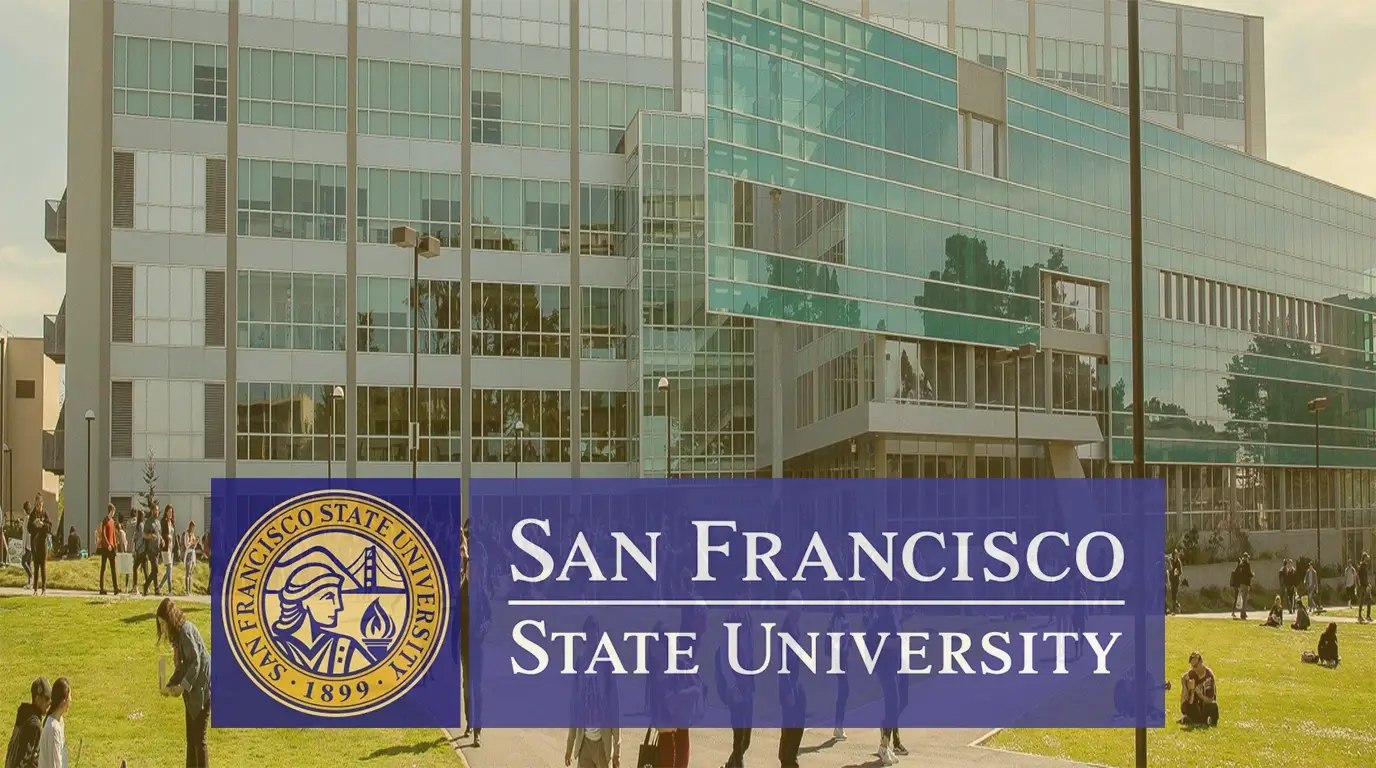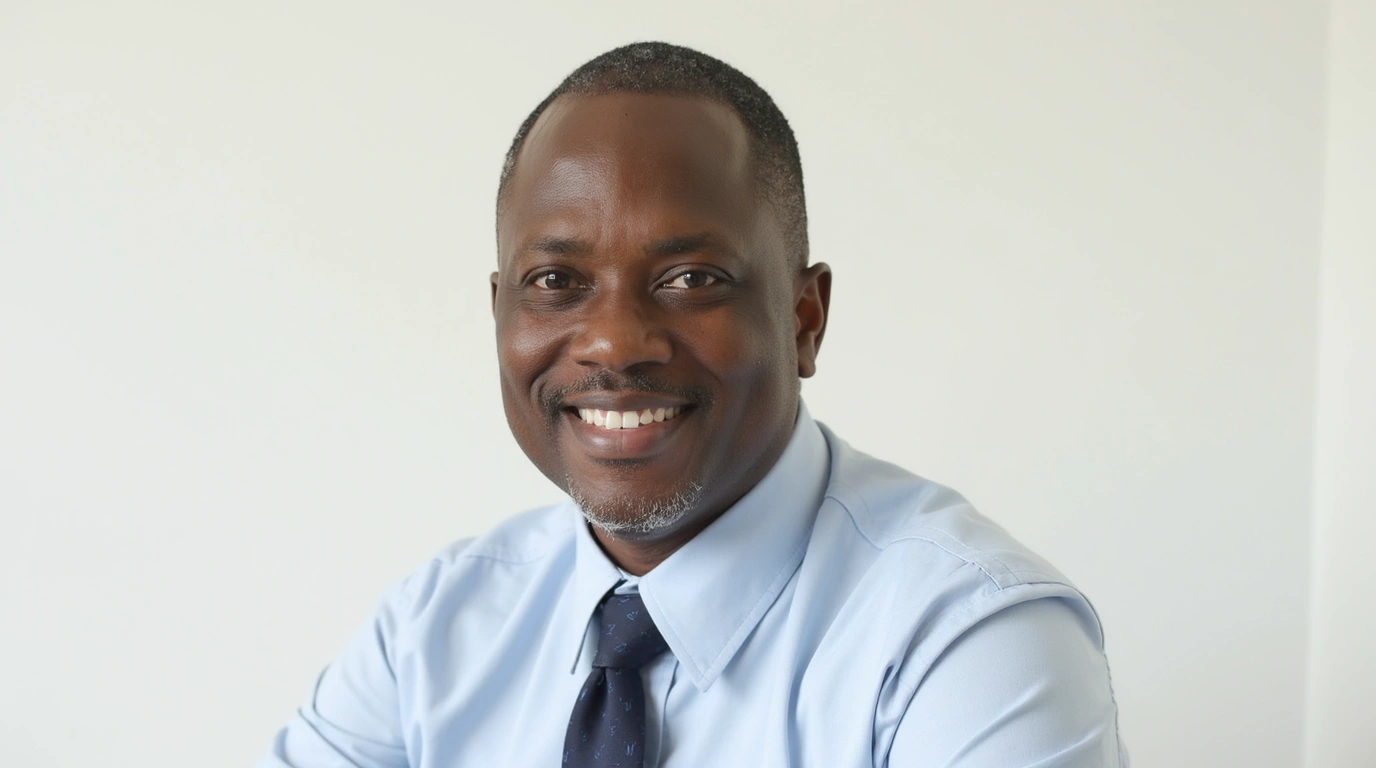Picture this: you’re sitting in a law office, helping attorneys prepare for a big case, digging through legal documents, or maybe even assisting a client with their estate plan. That’s the kind of work I did as a paralegal for years, and let me tell you, it’s rewarding but demanding. If you’re considering this path, the San Francisco State University paralegal program (SFSU Paralegal) is a solid place to start.
Since 1975, this ABA-approved program has been training folks like you to become skilled paralegals, ready to tackle the legal world. It’s fully online, hands-on, and packed with practical know-how—perfect whether you’re new to the field or switching careers. Let’s walk through what this program offers, like I’m chatting with a friend who’s curious about becoming a paralegal.
Table of Contents
San Francisco State University Paralegal Program Overview

The San Francisco State University paralegal program lives within the College of Professional & Global Education (PaCE), a hub for career-focused learning at SFSU. Kicking off in 1975, it’s one of the older programs out there, with thousands of grads now working across the legal field. Its mission? To train paralegals who make legal services better, cheaper, and more accessible. Think of it as equipping you to be the backbone of a law office, supporting attorneys and clients alike. The program’s got a stamp of approval from the American Bar Association, which means it meets high standards and is recognized nationwide.
| Program Highlights | Details |
|---|---|
| Established | 1975 |
| Department | College of Professional & Global Education (PaCE) |
| Accreditation | ABA-approved |
| Mission | Improve quality, accessibility, and affordability of legal services |
San Francisco State University Paralegal Program Curriculum Details
The program requires 24 units—eight courses total, split into five required ones and three electives. You’ll dive into core skills like legal research, writing, and ethics, plus get hands-on with tools like Westlaw and CaseMap, which I used daily in my paralegal days. Courses like PLS 300 (Legal Research) and PLS 320 (Legal Writing) are must-takes early on, setting you up for advanced classes like Pleadings and Motions.
What’s cool is the flexibility to specialize. Want to focus on corporate law? Try courses like PLS 390 (Corporate Practice). More into estate planning? PLS 355 (Wills and Trusts) has you covered. There’s even an optional internship (PLS 380) where you can log 120 hours in a real legal setting—super valuable for getting a feel for the job. Most folks finish in two semesters, but you can stretch it to four if life’s busy.
| Curriculum Breakdown | Details |
|---|---|
| Total Units | 24 (8 courses) |
| Required Courses | PLS 300, PLS 305, PLS 310, PLS 320, PLS 395 |
| Specializations | Corporate/Business, Advanced Litigation, Estate Planning |
| Practical Skills | Legal research, drafting, software training, ethics |
| Internship | Optional, 120 hours |
San Francisco State University Paralegal Program Admission Requirements
Getting into the San Francisco State University paralegal program is pretty doable. You need at least 60 semester units (or 90 quarter units) of college credit. Got a bachelor’s degree? You’re automatically in. No degree? You can still apply if you’ve got 36 semester units of general education with a 2.5 GPA or higher, or 45 units plus three years of legal work experience (verified by an attorney). Applications go through Cal State Apply (Apply Here), with a $70 fee and official transcripts. Deadlines are flexible: June 1–August 1 for fall, October 10–January 7 for spring, and March 1–May 7 for summer.

Program Formats & Schedule
This program is 100% online, with live, synchronous classes via Zoom. That means you’ll log in at set times to join discussions and lectures, but you can do it from anywhere. It’s great for balancing work or family—I wish I’d had that option back when I was studying! You can finish in one year (two semesters) if you go full speed, or take up to four semesters for a slower pace. Classes are scheduled to fit various lifestyles, though you’ll need to check the exact times when registering.
Faculty Spotlight
The teachers here are the real deal—practicing attorneys, paralegals, and law professors who know the legal world inside out. Take Jennifer Babcock, J.D., who’s been teaching legal research for over a decade and is part of the California State Bar. Or Paul P. DeAngelis, J.D., who runs his own firm and relies on paralegals for trial prep. Then there’s Anika Hosseini, who went from paralegal to attorney and now shares her insights on family law. These folks don’t just teach theory; they bring stories and tips from the field, which I always found more useful than any textbook.
| Notable Faculty | Credentials & Specializations |
|---|---|
| Jennifer Babcock | J.D., Legal Research, Torts |
| Paul P. DeAngelis | J.D., Real Estate Litigation |
| Anika Hosseini | J.D., Family Law |
| Louis Wu | J.D., Patents, Intellectual Property |
Facilities & Resources
Since it’s online, you won’t be walking into a physical classroom, but you’ve got plenty of digital tools. The SFSU Law Library gives you access to Westlaw, a must for legal research—I spent hours on it back in the day. You’ll also use Canvas for course materials and Zoom for classes, with tech support if you hit a snag. There’s a Gator Pass for discounts, but it’s less relevant for online students. The focus is on giving you the databases and guidance you need to succeed.

Internship & Field Experience
The optional internship (PLS 380) is a game-changer. You’ll work 120 hours in a legal setting, like a law firm or government office, and attend monthly Saturday seminars to reflect on what you’re learning. The program’s Bay Area connections help, but you might need to hustle to find a placement—think reaching out to local firms or even the San Francisco District Attorney’s Office (DA Internships). I did an internship early in my career, and it was where I learned how to stay calm under deadline pressure.
Career Outcomes
Graduates do well—76% land legal jobs, based on a 2021-2022 survey. In 2025, average salaries are around $83,363 in San Francisco and $81,510 in San José (Paralegal Salary). You could end up at a top firm like Baker & McKenzie, a tech giant like Google, or a public agency. The program’s job board (SFSU Job Board) and career services, like resume help and networking events, give you a leg up. The job market for paralegals looks promising, especially in the Bay Area.
| Career Stats | Details |
|---|---|
| Employment Rate | 76% in legal field |
| Average Salary | $83,363 (SF), $81,510 (San José) |
| Top Employers | Law firms, tech companies, government agencies |
San Francisco State University Paralegal Program Tuition & Financial Information
The program costs $9,000 total—$1,125 per three-unit course, not including books. That’s a bargain compared to some programs I’ve seen. You pay per semester, and financial aid is available, including federal loans and grants (SFSU Financial Aid). There’s also the David Goldstein Memorial Scholarship, a $3,000 award for students eyeing criminal law, if you’ve got a 3.5 GPA and one semester done (Scholarship Info). Veterans might qualify for benefits, too.
Student Success Stories
The San Francisco State University paralegal program has changed lives. Mariano Curat came from Argentina, finished in 1.5 years, and went from Baker & McKenzie to Google as a corporate paralegal. Helen Yune Trowbridge, a 1998 grad, now examines probate cases at San Francisco Superior Court, saying the certificate boosted her pay. Dean Whitney switched from medicine to paralegal work in 2014, landing contract gigs with ease. Michaela Nelsen stuck with her internship firm, becoming indispensable as it grew. These stories (Student Spotlight) show how the program opens doors.
San Francisco State University Paralegal Program: How to Apply
Ready to join? Head to Cal State Apply and submit your application with a $70 fee and transcripts. Deadlines are June 1–August 1 (fall), October 10–January 7 (spring), and March 1–May 7 (summer). Not sure yet? You can try PLS 300 and PLS 320 before committing. After applying, expect a 5–10 day wait for processing, then you’re set to register (Registration Info).
Contact Information
Got questions? Reach out via the program’s contact page (SFSU Contact). The office is open Monday–Friday, 9 a.m.–5 p.m., and you can call or email for details. Want to visit campus? Schedule an appointment through the website. There’s also a form to request more info, so you can get all your questions answered.
Conclusion
The San Francisco State University paralegal program is a practical, respected way to break into the legal field. With its ABA approval, expert faculty, and focus on real-world skills, it’s built to set you up for success. Whether you’re drafting motions, researching cases, or interning at a firm, you’ll be ready to make a difference. Check out NALA for certification options like NALA’s Certified Paralegal (CP) to boost your credentials post-graduation. Ready to start? This program’s got your back.
FAQs
What makes the San Francisco State University paralegal program stand out?
Its ABA approval, online format, expert faculty, and strong job placement make it unique.
Is the San Francisco State University paralegal program accredited?
Yes, it’s approved by the American Bar Association, ensuring quality and recognition.
How long does it take to complete the San Francisco State University paralegal program?
Most finish in one year, but you can take up to four semesters if needed.

